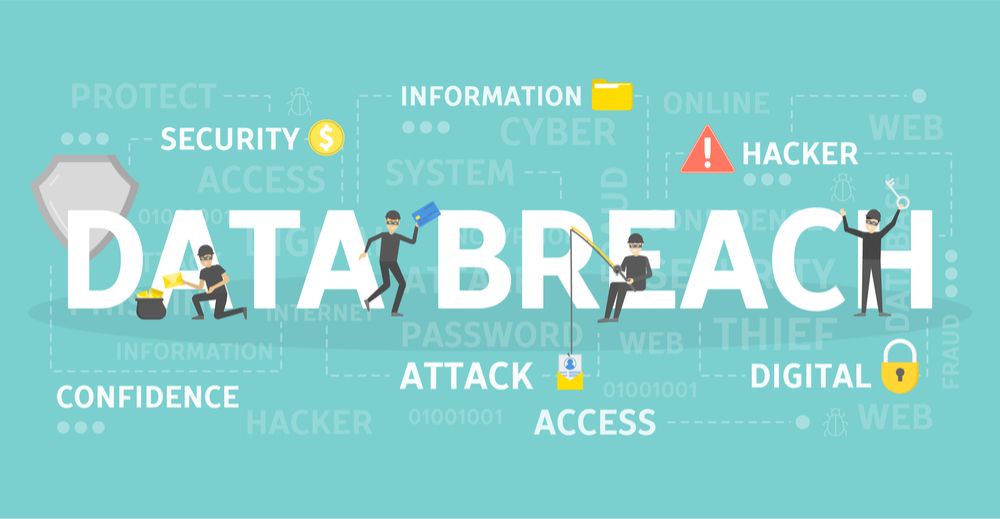It Can Be Done: Preventing Data Breaches
Infringement of sensitive information, whether personal information such as credit cards or proprietary information such as intellectual property or financial forecasts, can have serious consequences

Preventing data breaches is a top priority for organizations of all sizes and sectors. Infringement of sensitive information, whether personal information such as credit cards or proprietary information such as intellectual property or financial forecasts, can have serious consequences. Organizations suffering from data breach incidents face compliance and additional fines, market share loss, and reputational damage.
As the amount of information grows and the threat landscape changes, deciding how to prevent data breaches seems like an insurmountable challenge. It's not. Though not an exhaustive list, here are six great tips to protect businesses from data breaches.
Develop a Sound Information Security Policy
Every organization must have a written information security policy that covers all aspects of data processing on the network. That is, what data can be collected, how data is managed, retention of each type of data, level of security control required for each type of data, etc.
Implementing this policy requires automated data detection and classification. By identifying and classifying all sensitive information you create, process, and store by type, you can protect your information according to its value and confidentiality.
Become Compliant (Maintain it too)
You need to understand what regulations your organization is subject to and use those requirements to determine which data security controls to implement for each type of data. For example, if your company stores credit card payment data, it must be PCI DSS compliant. Therefore, you should ensure that all files and databases, including your customer's credit card number, are adequately protected and constantly monitored for suspicious activities.
Employ Data Encryption Where Applicable
Data encryption is a data security best practice that is often overlooked. Still, it is very effective because it makes stolen data useless to thieves. Encryption can be software-based or hardware-based. It is essential to encrypt the data both in storage and in transit. In particular, make sure that portable devices containing sensitive data are encrypted.
Adapt the Principles of Least Privilege
Only authorized personnel need to have access to confidential data. By strictly applying the principle of least privilege (restricting the access rights of each employee, contractor, and other users to the minimum necessary to do the job), you can minimize exposure to malicious insiders and threat actors who seek to compromise confidential data.
Audit Your Infrastructure Regularly
Regular audits help assess the effectiveness of security management and identify security risks. Experts recommend conducting audits at least twice a year, but audits can be done more frequently. Be it quarterly or monthly. Internal audit helps you prepare for compliance audits and improve security.
Vulnerability management is critical and should be a part of your audit strategy. Assign values to all assets in your IT infrastructures, such as servers, computers, and databases. Then use techniques such as vulnerability scanning and penetration testing to identify vulnerabilities and threats in each asset. By assessing each risk's potential and potential impact, you can prioritize actions to mitigate the most critical vulnerabilities of your most valuable assets. Be sure to PATCH, PATCH, PATCH!.
Security Awareness Training For All
Cybersecurity is not just the responsibility of IT and security teams. Users need to be aware of best practices for identifying threats and preventing data breaches. Many data breaches result from organizational errors, such as clicking on phishing links or copying unencrypted data to a personal device. Educating users about protecting sensitive data is essential to prevent data breaches.
In particular, teach your users how to choose a strong password. Explain what "strong" really means and why strong passwords are essential. Then, whenever possible, automate the implementation of that requirement through Group Policies.
Conclusion
By following these six best practices, organizations can reduce the risk of data breaches. By prioritizing data protection and choosing the right solution, you can significantly improve cybersecurity and regulatory compliance.
